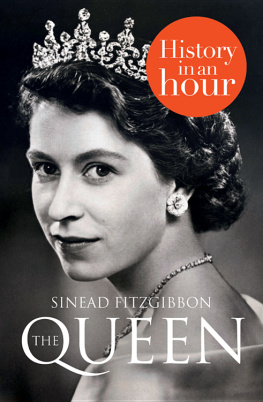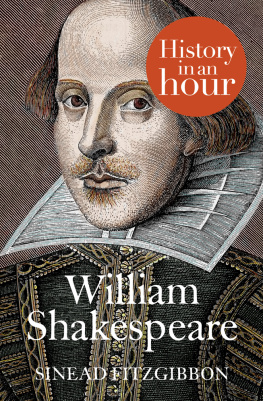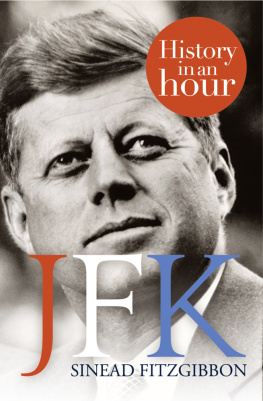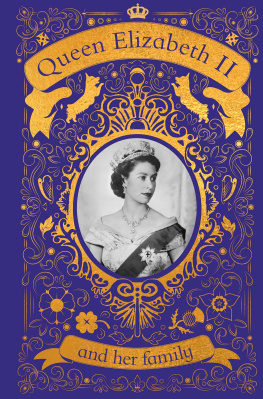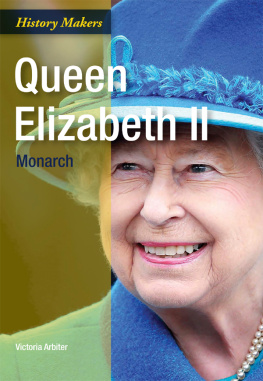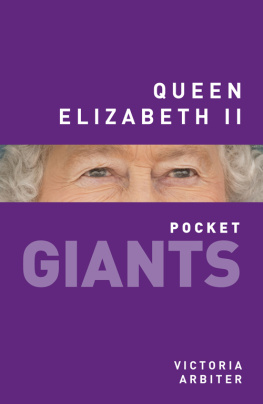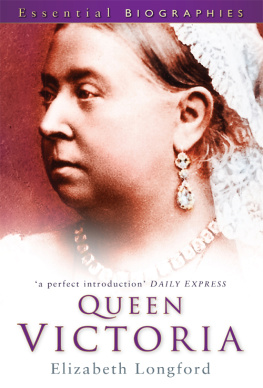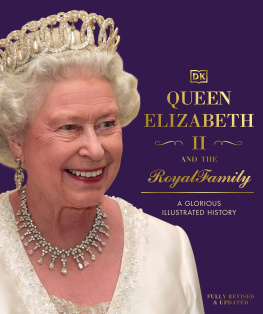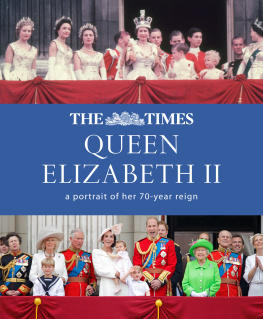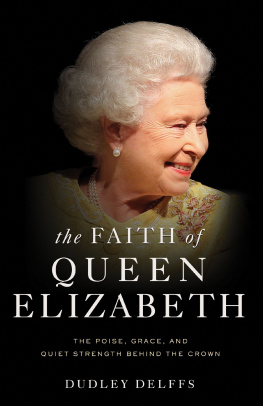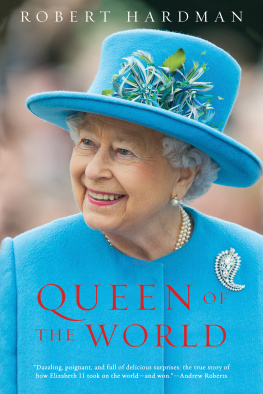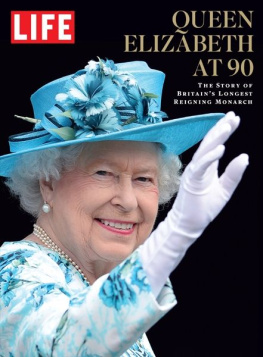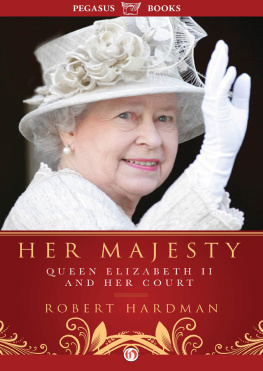History in an Hour is a series of ebooks to help the reader learn the basic facts of a given subject area. Everything you need to know is presented in a straightforward narrative and in chronological order. No embedded links to divert your attention, nor a daunting book of 600 pages with a 35-page introduction. Just straight in, to the point, sixty minutes, done. Then, having absorbed the basics, you may feel inspired to explore further. Give yourself sixty minutes and see what you can learn...
To find out more visit http://historyinanhour.com or follow us on twitter: http://twitter.com/historyinanhour
Duke of Windsor (formally Edward VIII)
Prince Edward was the eldest child of King George V and his wife Queen Mary of Teck. Born on 23 June 1894 at White Lodge in Richmond Park, Surrey, he was baptized three weeks later, on 16 July, by the Archbishop of Canterbury. His given names were Edward Albert Christian George Andrew Patrick David - but he was known to his family simply as David.
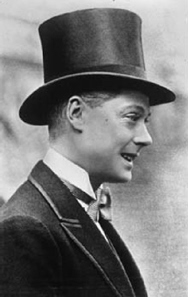
Edward VIII (Bundesarchiv, Bild 102-13538 / CC-BY-SA)
Edward was educated at home until he was thirteen, and then spent two years at Osborne Naval College on the Isle of Wight, before progressing to Dartmouth Naval College. He did not, however, complete his two-year course at Dartmouth he left in 1910 when he became Duke of Cornwall and Duke of Rothesay after his fathers ascension to the throne (although his official investiture as Prince of Wales did not take place until 13 July 1911). He served as a staff officer in the Grenadier Guards during the First World War, and was the first in a long line of royals to become a qualified pilot.
As Prince of Wales, he enjoyed widespread popularity, thanks in large part to his numerous visits to economically deprived areas of the country and his successful trips overseas. However, he had little patience for protocol and the formality of royal occasions greatly bored him, a fact which greatly upset his father. He first met Wallis Simpson, who was already on her second marriage, in 1930 and they began an affair soon after. He succeeded to the throne as Edward VIII on 20 January 1936, following the death of his father. However, when it became clear that his position as Supreme Governor of the Church of England made it impossible for him to marry Mrs Simpson, he chose to give up the Crown in favour of the woman he loved.
Edward VIII signed his Instrument of Abdication on 10 December 1936, and was succeeded by his younger brother, Bertie, who chose the regnal name, George VI. Edwards reign had lasted for 325 days and ended before he was officially crowned.
Many within his family, including his mother, viewed Davids actions as an irresponsible and serious dereliction of duty. He would never be fully forgiven. The former King married Wallis Simpson in June 1937 following her divorce from her second husband. The pair took on the titles of the Duke and Duchess of Windsor. They spent the rest of their lives living abroad, with the Duke only returning to England to attend certain family occasions, including the funerals of his brother George VI in 1952 and his mother in 1953.
During the Second World War, the Duke who, along with his wife, was suspected by some of harbouring Nazi sympathies was appointed Governor of the Bahamas, a position he retained until 1945. The later years of his life were spent living in Paris, where he died of throat cancer in 1972, aged seventy-seven. He is buried at Frogmore in the grounds of Home Park in Windsor. The Duke of Windsor title became extinct upon Edwards death.
Duke of Edinburgh (Prince Philip)
Born on the kitchen table of his familys residence on the island of Corfu, on 10 June 1921, Prince Philip of Greece was the fifth child and only son of Prince Andrew of Greece (younger brother of King Constantine I) and Princess Alice of Battenberg (granddaughter of Queen Victoria).
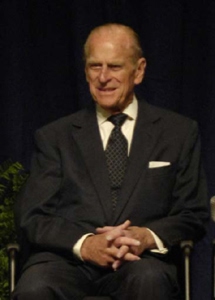
Duke of Edinburgh
Aside from his Greek and British connections, Philip was also related to the Danish, German and Russian royal families, being as he was a scion of the dynastic house of Schleswig-Holstein-Sonderburg-Glcksburg. Despite this impressive pedigree, his early life was far from secure. With his father being held responsible for Greeces military defeats during the GrecoTurkish War, Philips family were forced to flee their native country in December 1922. Philip was smuggled out of the country in a makeshift crib made from an orange box, to safety on a British battleship.
Exiled, Philip spent the remainder of his childhood dependant on the goodwill of various wealthy relations in France and England. At the age of nine, he was sent to Cheam, a prep school in Surrey, England a venture financed by his mothers English relations, who had by then adopted the Anglicized surname of Mountbatten. After Cheam, he was sent to Schloss Salem, a progressive school in the foothills of the German Alps, and from there, he advanced to Gordonstoun in Scotland, where he became Guardian (or head boy) in his final year. He saw little of his parents during this time while his mother was committed, on grounds of mental illness and against her will, to an institution in Switzerland in 1930, his father absconded to the French Riviera with his mistress.
Upon leaving Gordonstoun in 1939, Philip entered the Royal Navy as a Cadet, training at the Naval College in Dartmouth. It was at Dartmouth that he met his future wife, Princess Elizabeth (the pair had met briefly on two previous occasions). Philip served with distinction during the Second World War, aboard the battleship HMS Valiant and the naval destroyers HMS Wallace and HMS Whelp.
Philip and Elizabeth corresponded regularly throughout the war, and by 1944, the pair had fallen in love. Despite significant resistance from her father, George VI, Philip proposed to Elizabeth in August 1946, but the engagement was not made official until July 1947. The pair married in Westminster Abbey on 20 November the same year, after Philip had become a naturalized British subject.
After their marriage, Philip (who had been bestowed with the title His Royal Highness, the Duke of Edinburgh) continued with his naval career, eventually gaining a promotion to the rank of Commander of HMS Magpie. Unfortunately, with the death of George VI and his wifes subsequent accession to the throne, Philip was forced to abandon his naval career in 1952. In the months following Elizabeths succession, Philip was aggrieved to discover that his children would be known by his wifes surname of Windsor as opposed to his own surname of Mountbatten. This situation was partly rectified in 1960, when it was decided that those male descendents without a royal title would be known by the combined name of Mountbatten-Windsor.
Since leaving the Navy, Philip has devoted his life to carrying out his duties as companion to Queen Elizabeth II. He accompanies his wife on all State visits and overseas trips, as well as taking an active role in the running of the royal estates. He is also patron or president of over 800 charitable organizations. Having recently celebrated his ninetieth birthday, it is widely acknowledged that, despite his habit of committing unfortunate verbal blunders in public, he has been an asset both to the Queen and to his adopted country.
Princess Margaret, Countess of Snowdon
Princess Margaret Rose, the second and youngest daughter of Prince Albert, the Duke of York (later George VI) and his wife, Elizabeth Bowes-Lyon, was born around 9 p.m. on 21 August 1930. The Princess birthplace was Glamis Castle in Scotland, the ancestral home of the Bowes-Lyon family which is also famous for being the fictional home of the eponymous character in Shakespeares
Next page
